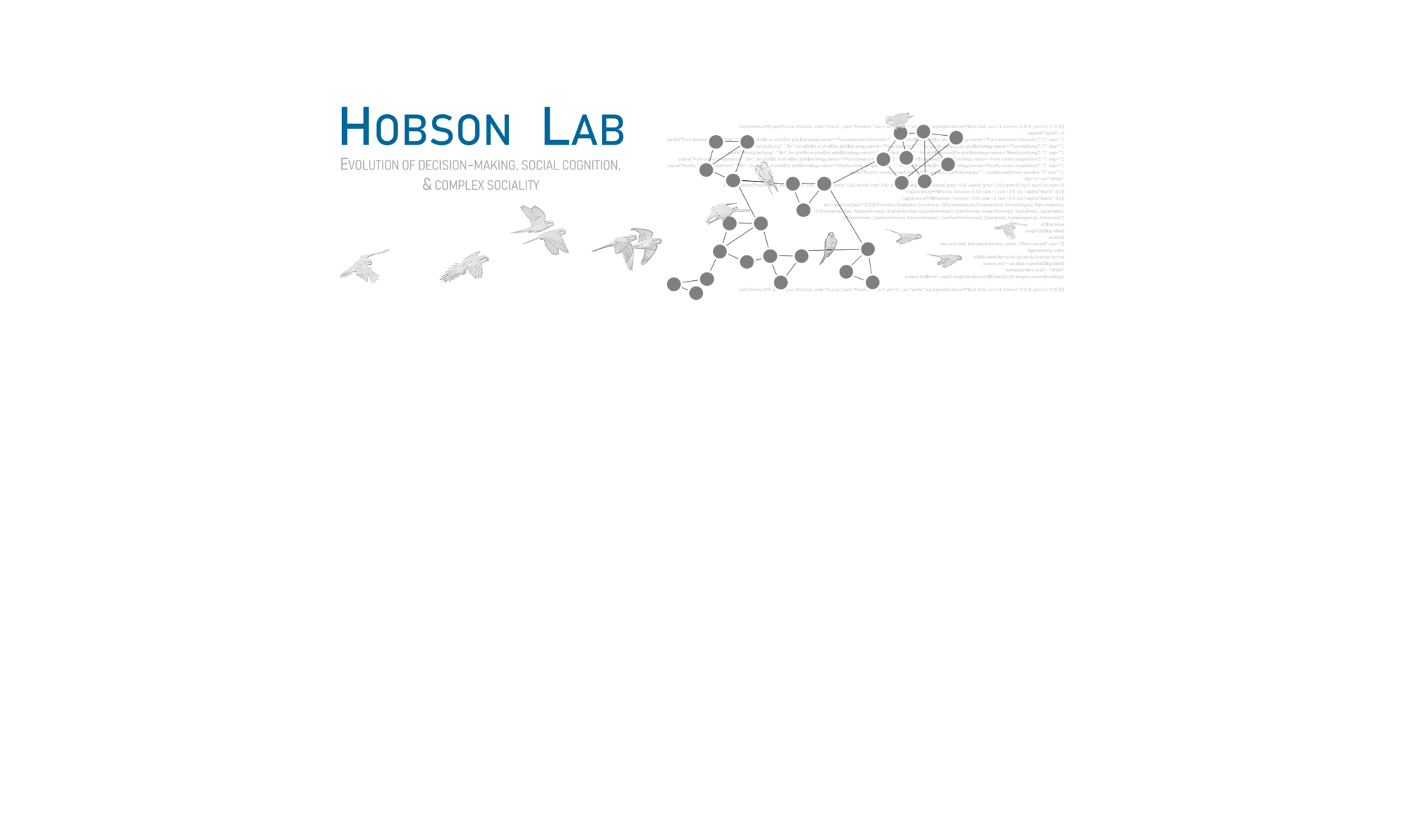Among ecologists and evolutionary biologists, there’s been a long-standing frustration: scientists want theoretical and empirical research to work together, each approach informing the other, but it seems like there isn’t much overlap.
Courtney Fitzpatrick, a postdoctoral fellow at Indiana University, Bloomington, wanted to know if that feeling was based on reality. She teamed up with a group of empiricists and theorists, including SFI Postdoc Elizabeth Hobson and Research Fellow Caitlin Stern, to see how often empirical papers cite theoretical studies, and vice-versa. It turns out, the two approaches are more integrated than many researchers believe, according to a new paper the team published in BioScience.
In practice, there’s already considerable feedback, says Fitzpatrick. An observation in the field might inspire theorists to develop a model that describes the observed phenomenon. Or perhaps a new theory inspires an empirical study to see if the concept holds water.
There’s also a fair amount of cross-citation in peer-reviewed studies between the two specific fields Fitzpatrick and her team focused on: sexual selection and speciation. “These are fields that have experienced big increases in recent years and have built heavily on both empiry and theory,” says Fitzpatrick.
“Often, theoretical studies use abstract mathematical models to test big, conceptual ideas while empirical studies collect data observed in the field to test a theory in a particular study system. It’s important to have researchers using these approaches talk to one another. They can contribute to advancing science in different but often very complimentary ways,” says Hobson.
The team found that, contrary to common belief, plenty of papers do include citations across categories. Review papers do this particularly well, and because they are cited frequently, offer powerful opportunities for further integration.
It’s true, however, that there are important opportunities for even more integration. “There weren’t many papers that are themselves both theoretical and empirical,” says Fitzpatrick. “We know why: it’s challenging! But it’s also a worthwhile endeavor.”
It’s also an endeavor that SFI has championed. “Early on, SFI had a reputation for doing very abstract, blue-sky, theoretic thinking. There was criticism about the relevance of some of our models,” says Hobson. “But recently, that’s been changing drastically. We’re embracing messy, real-world datasets and finding ways to ground our theory in data.”
This BioScience paper came out of the working group “Toward a unified theory of decision-making in animals” held at the National Evolutionary Synthesis Center and organized by Tamra Mendelson, Rebecca Safran, and Mark Hauber.
Read the paper, “Theory meets empiry,” in BioScience (August 22, 2018)
NEWS MEDIA CONTACT
Jenna Marshall
Manager of Communications
marshall@santafe.edu
505-946-2798 (desk)





